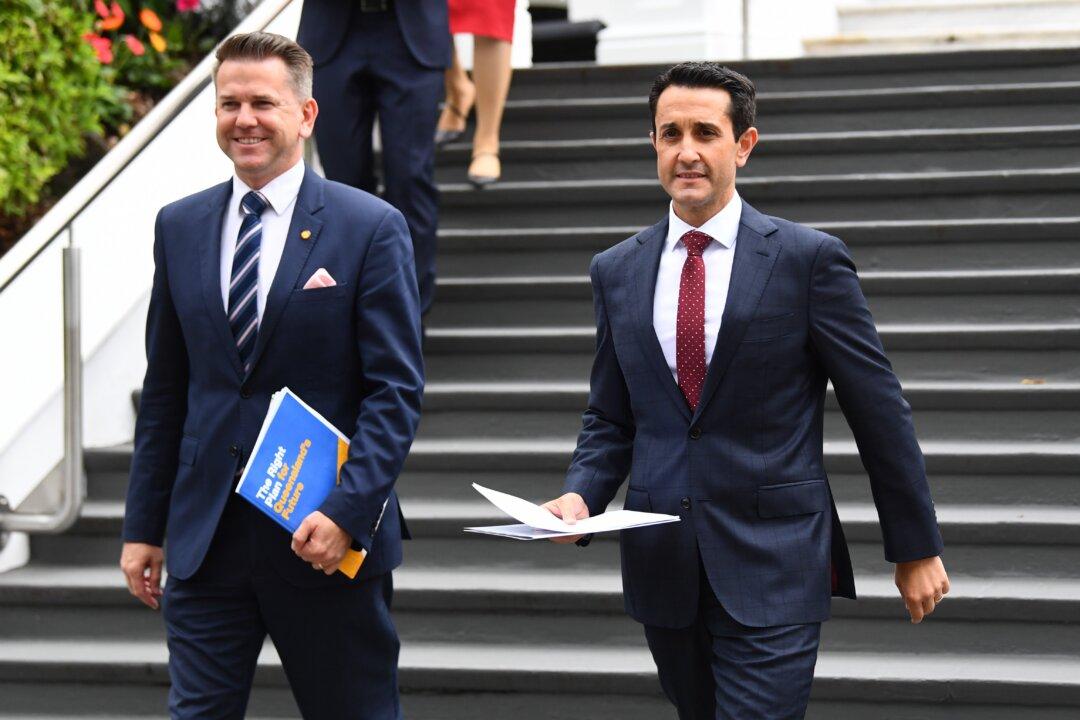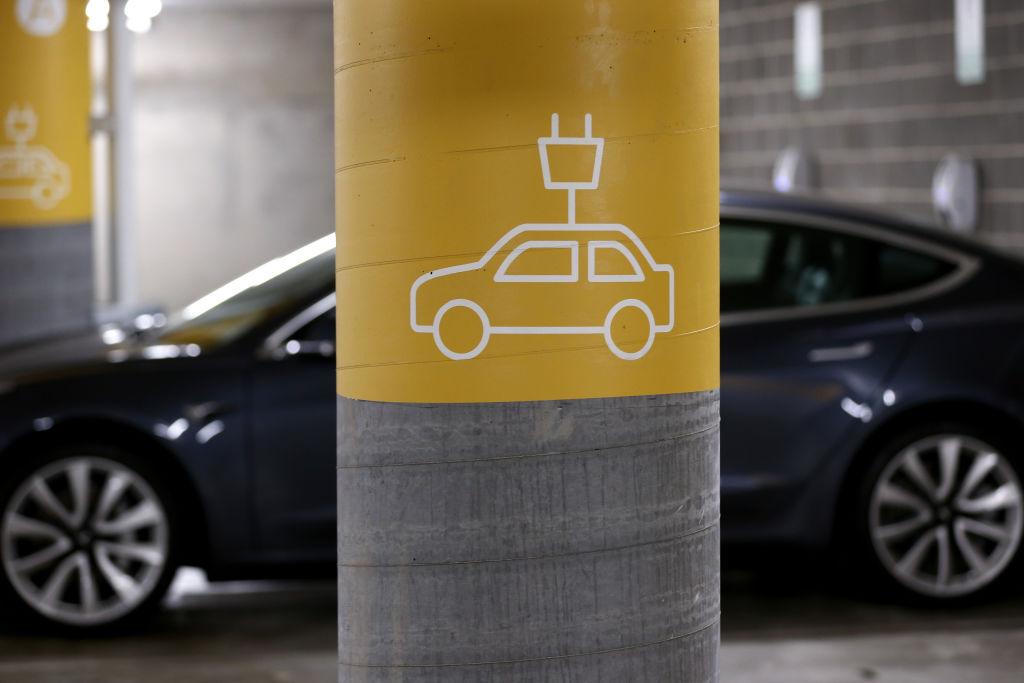The newly elected Liberal National Party (LNP) in Queensland has blamed the state’s projected $218 billion debt on big spending projects that will takes years to complete.
The debt amounts to nearly $40,000 per person, the worst per capita (individual) debt burden of any state in Australia.
According to the latest Mid-Year Fiscal and Economic Review (MYFER), Queensland’s budget will have a deficit of $9 billion in 2026-27 and 2027-28.
The cost of mega infrastructure projects is also set to soar, rising from $107.3 billion in the 2024-25, to $129.9 billion by 2027-28.
The MYFER reveals significant cost blowouts, including $4.2 billion in health-related projects, $3.1 billion in transport developments, and another $4.2 billion for energy, water, and port infrastructure.
The LNP claimed the cost of the Olympic athletes village would rise to $3.5 billion, and the Cross River Rail project would now cost $17 billion, when it was originally slated to have a $5.4 billion price tag.
Treasurer David Janetzki stated that the MYFER highlights the true financial situation facing Queenslanders.
Credit Rating at Risk
The situation puts more pressure on Queensland’s already unstable credit rating.Since 2009, the state has had a AA+ credit rating from S&P Global Ratings, but analysts have warned this could face a further downgrade.
Soon after the elections in Oct. 2024, Anthony Walker, an S&P analyst, explained that any additional spending, whether from new policies or cost overruns, could be factors.
Queensland’s AA+ status is shared with South Australia, and trails Western Australia, which holds the top AAA rating.







